Do you love bats, or think they’re creepy? I’ll admit that they aren’t my favorite animals… but my kids think they’re great. And bats are super helpful in keeping the insect population under control!
Here are some hands-on bat science and math activities that kids will love. These are fun for anytime, but they’re also a great way to add some non-scary Halloween fun to the month of October.
No matter where in the world you live, you probably have bats nearby. My sons have taught me how to spot them at dusk. It’s not as hard as you would think! The first thing to know is that most birds don’t fly around once it’s dusk. So the flying creatures you see are more likely to be bats. You can also watch for the distinctive bat wing shape overhead. Bats don’t have tails the way birds do, so look for that also. And then their flight patterns are different. Bats fly very sporadically and hold their wings stiff, as compared with the more flowing motions of birds. You’ll see a lot of flapping with fast wingbeats, and then swooping.
(I wish you could see my 16 year old son act this out for you! Maybe we should load a video. Gresham is an AVID bird watcher. He also got some good bat footage on a recent trip we took to Utah.)
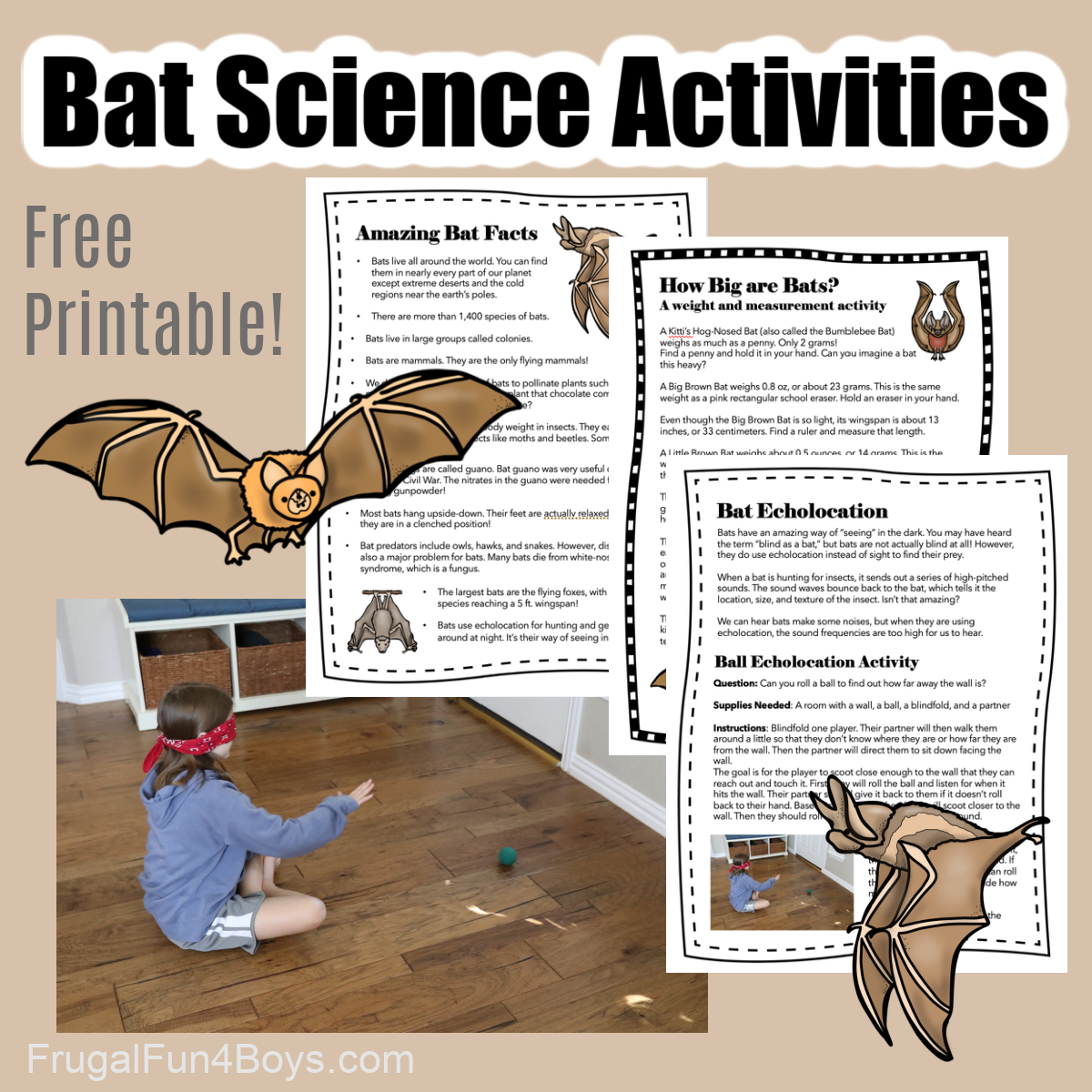
At the bottom of the post, I’ll share some fun bat crafts.
But first, let’s talk about bat science and math!
This free printable pack has four pages of activities. First, kids will read cool facts about bats. They really are amazing creatures!
Bat Weights and Measurements Activity
Did you know that a Kitti’s Hog-Nosed Bat (also called a Bumblebee Bat) weighs the same as a penny! They are only 2 grams!
A Big Brown Bat is the same weight as a pink school eraser, a Little Brown Bat weights as much as a glue stick, and a Hoary Bat weighs as much as a toy Hot Wheels car. Find each of these items around the house, and kids can get an idea of how much bats weigh. It’s not much!
Unless you’re a Golden-Crowned Flying Fox. These mega-bats weigh as much as a 5th grade math textbook!
Print a page full of measurement activities with bats.
Ball Echolocation Activity
Bats CAN see, but they use echolocation to find their prey. They emit high pitched sounds that bounce back and give them information about the size, location, and even texture of the insects they are wanting to catch.
Here’s a fun activity that uses a rolling ball to give kids an idea of how echolocation works.
Question: Can you roll a ball to find out how far away the wall is?
Supplies Needed: A room with a wall, a blindfold, a small ball, and a partner
Instructions: Blindfold one player. Their partner will then walk them around a little so that they don’t know where they are or how far they are from the wall. Then the partner will direct them to sit down facing the wall.
The goal is for the player to scoot close enough to the wall that they can reach out and touch it. First, they will roll the ball and listen for when it hits the wall. Their partner should give it back to them if it doesn’t roll back to their hand. Based on the sound, the player will scoot closer to the wall. Then they should roll the ball again and listen to the sound.
When the player thinks they are close enough to the wall to touch it, they should reach out their hand. If they can’t feel the wall, they can roll the ball again and then decide how much to scoot forward.
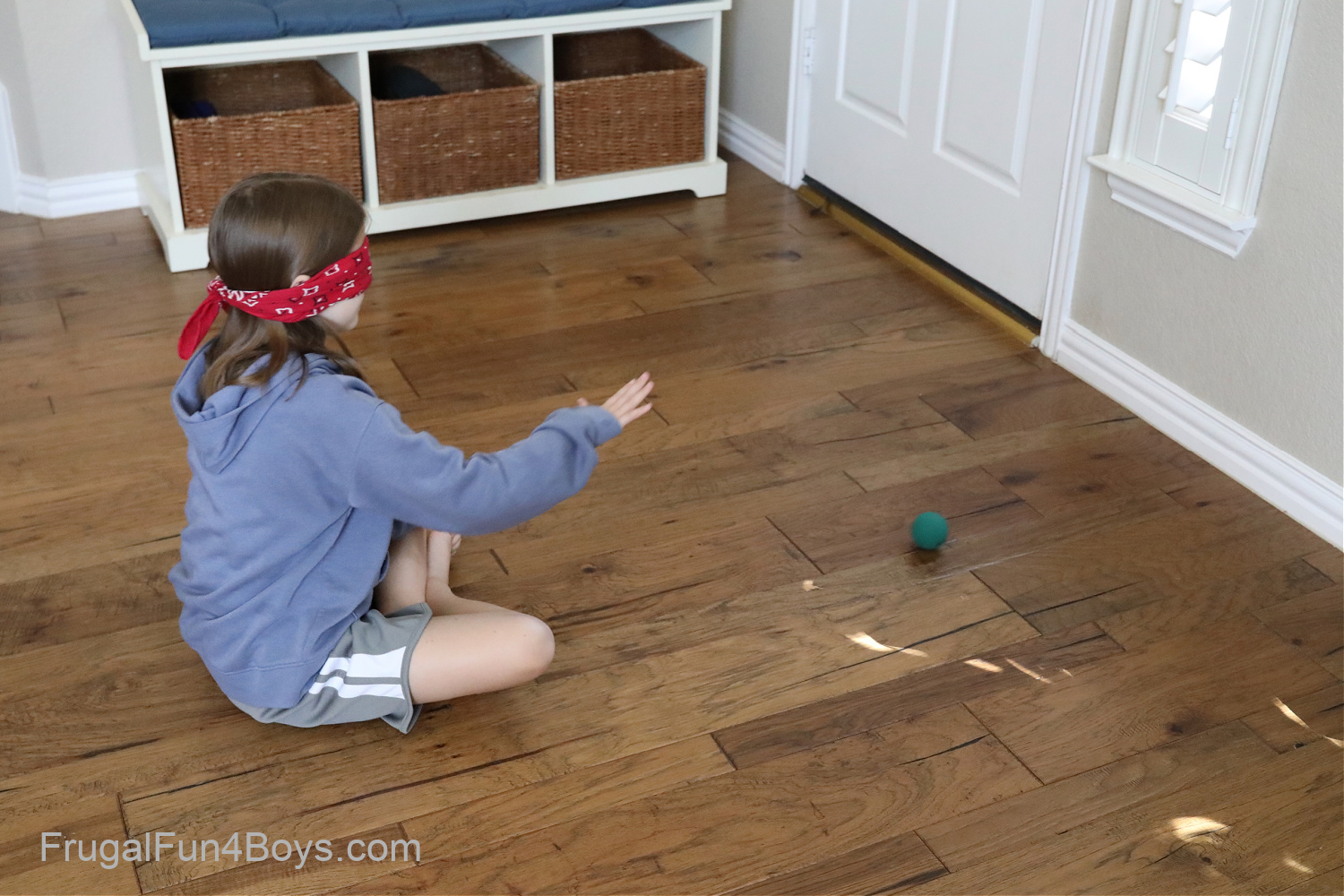
Then discuss, “Did the ball help you find the wall?” We really could get a good idea of how far away the wall was by listening to the sound of the ball hitting the ball. My kids enjoyed this activity!
Finger Snapping Echolocation Activity
Here’s another fun bat science activity that approaches echolocation in a different way.
We can’t use echolocation to determine the size and texture of an object the way bats can, but our ears do use sound waves to tell which direction a sound is coming from and approximately how far away it is.
Question: Can you tell which direction a sound is coming from without using your eyes?
Instructions: One player will sit in a chair on on the floor blindfolded. Then one or more players will snap their fingers or clap their hands. The blindfolded player will point to the where the sound came from. The players should make their sounds from all different locations, but only one at a time.
Can you identify the direction of a sound without using your eyes to see what was happening?
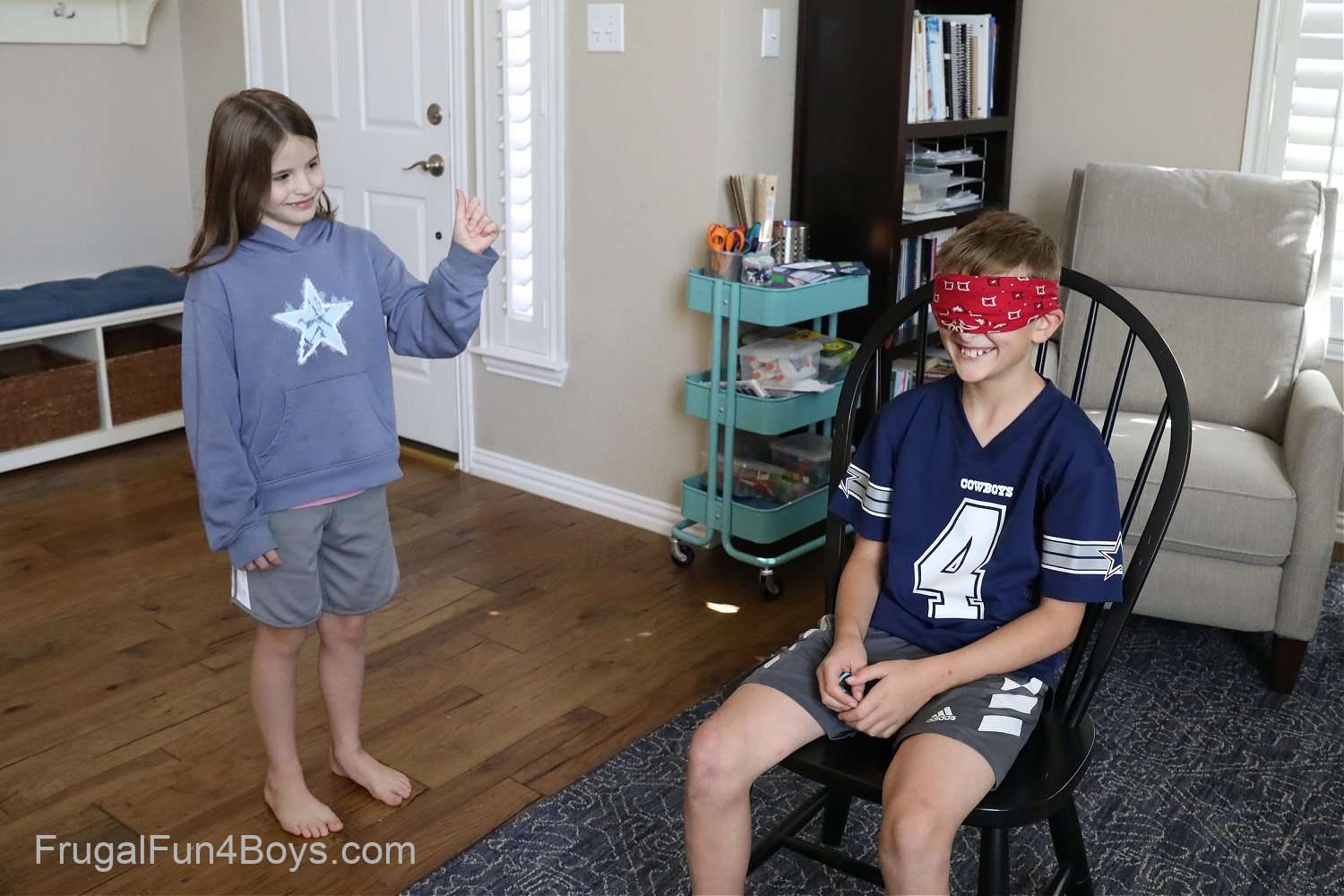
Here’s a preview of the pages you’ll be printing.
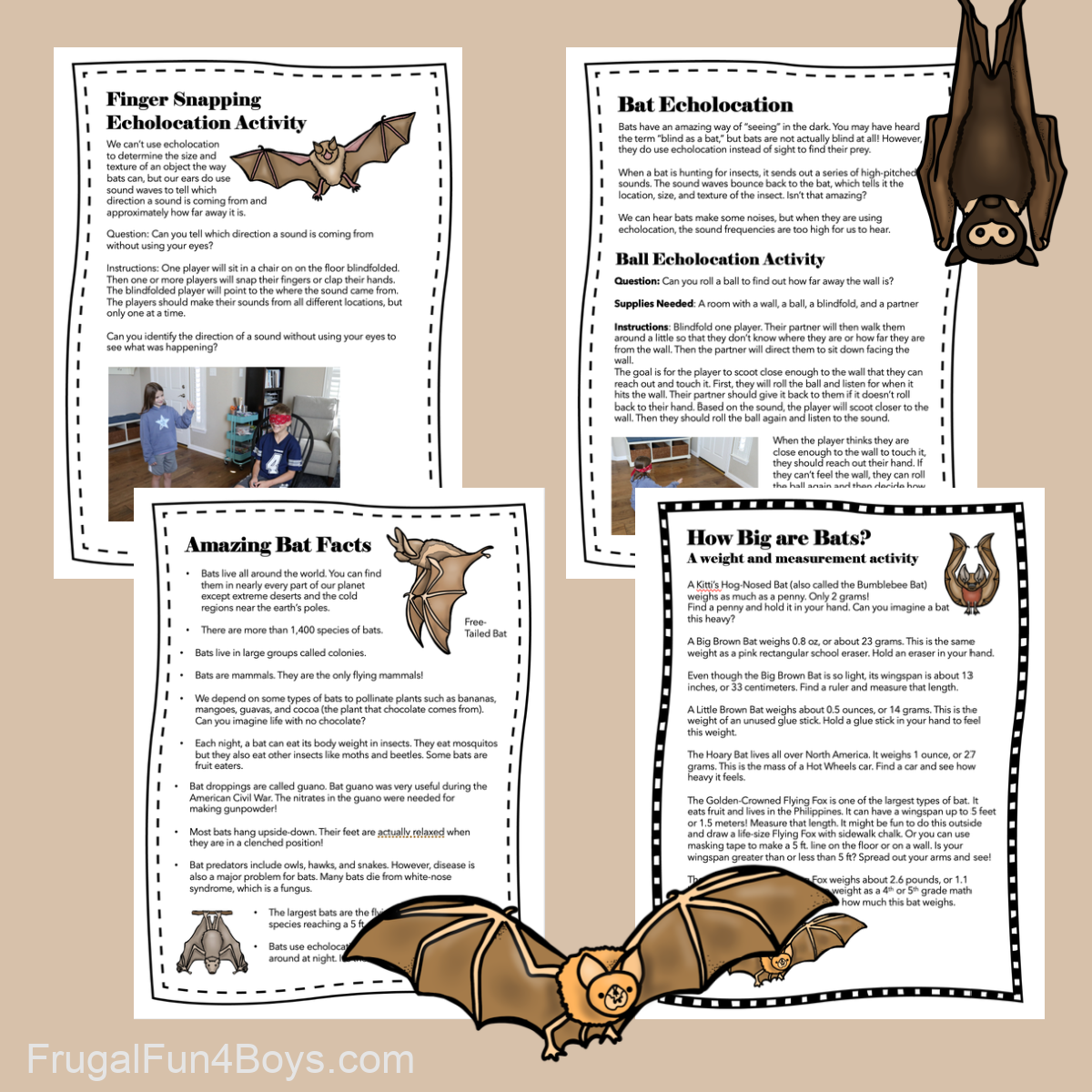
Ready to print your bat science and math activities? Click the link below. The file will open, and you can print from there.
Bats Science and Math Printable Pack
If you’re needing more information about bats, we found this bat article from the Department of the Interior very interesting!
Need more Bat Activities? We’ve got some fun ideas!
These Clothespin Bats are so much fun to make! Grab some felt, pipe cleaners, clothespins, and paint.
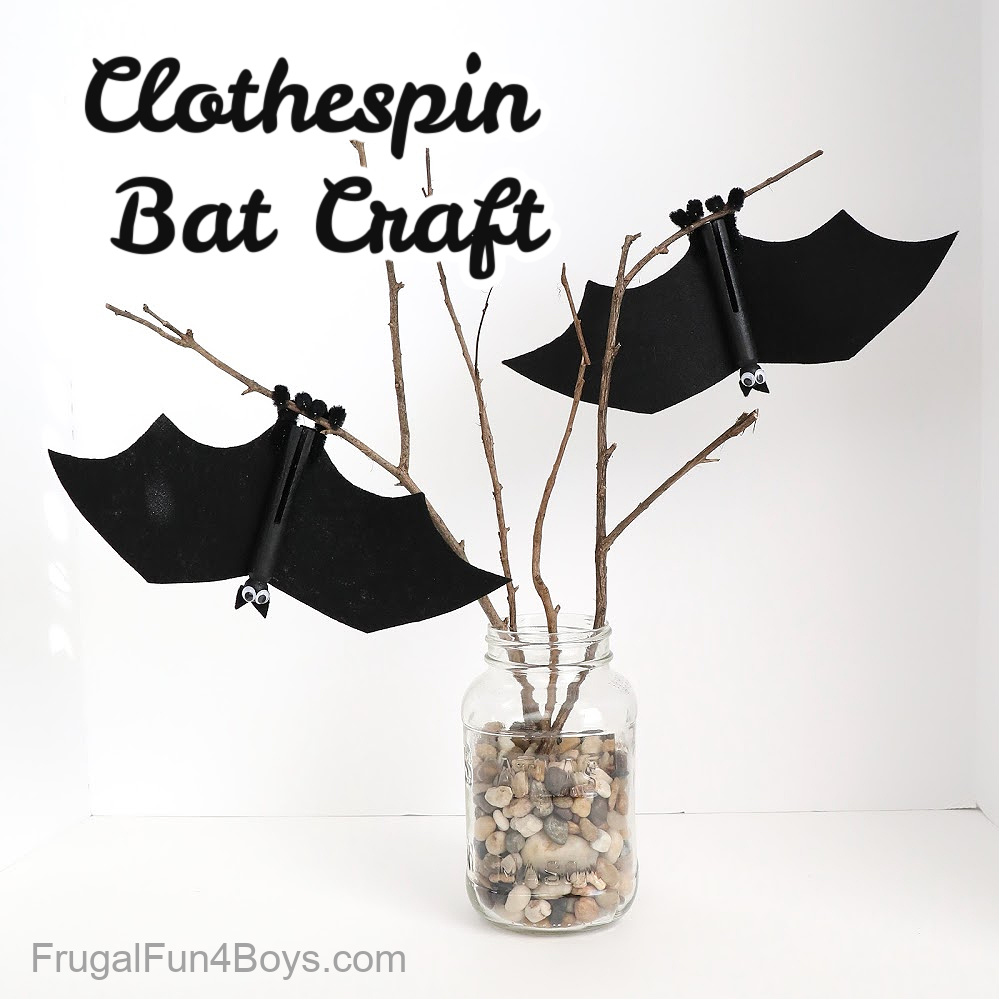
And of course we have some LEGO Bats with building instructions!


3 Comments
Lisa Oct 6, 2022
Thank you for all your knowledge, ideas and insight.
Joanna Oct 6, 2022
Thank you for the neat bat ideas!
Racquel Oct 8, 2022
I excited to try these activities with my 4 kiddos that I homeschool. Thanks for all of your great ideas. We did the leaf tessellations last month.
Post a Comment